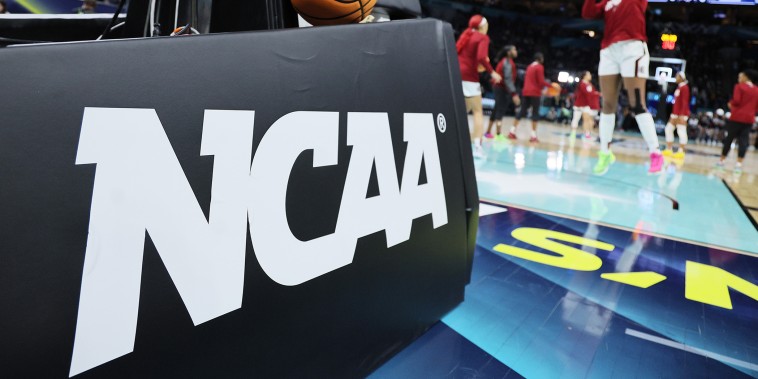As the landscape of collegiate athletics continues to shift and evolve, the question of whether schools should pay student-athletes has been a hotly debated topic. A historic settlement reached in a recent case may provide some insight into potential changes in the compensation of college athletes moving forward.
The settlement, which involved a group of former college football and basketball players suing the NCAA, conferences, and schools for capping the value of athletic scholarships below the actual cost of attendance, marks a significant turning point in the ongoing debate over fair compensation for student-athletes. In this case, the plaintiffs argued that athletes should be entitled to receive compensation beyond just the value of their scholarships, including the ability to profit from their name, image, and likeness.
The outcome of this settlement could have far-reaching implications for the NCAA and its member schools. If schools are ultimately required to provide additional compensation to student-athletes, it could fundamentally change the way that collegiate athletics operate. In particular, it could lead to greater financial transparency and fairness for athletes who generate significant revenue for their schools and the NCAA.
One of the key arguments in favor of paying student-athletes is the idea of fairness and equity. Critics of the current system point out that athletes often face considerable time demands and physical risks while generating substantial revenue for their schools through their performances on the field or court. As such, providing athletes with fair compensation for their efforts is seen as a way to level the playing field and ensure that they are fairly rewarded for their contributions.
Opponents of paying student-athletes, on the other hand, often raise concerns about the potential impact on the amateurism of college sports. They argue that introducing financial incentives for athletes could blur the lines between amateur and professional athletics and compromise the integrity of collegiate competition. Additionally, there are questions about how schools would manage the logistics of paying athletes, including determining how much to pay and how to distribute compensation fairly among different sports and athletes.
Ultimately, the issue of whether schools should pay student-athletes is a complex and nuanced one that requires careful consideration of the various factors at play. While the recent settlement represents a significant development in the ongoing debate over athlete compensation, it remains to be seen how schools, the NCAA, and other stakeholders will respond to the potential changes it could bring about in the world of collegiate athletics.
In conclusion, the question of whether schools should pay student-athletes is likely to remain a contentious issue for the foreseeable future. The recent settlement in the case involving former college athletes and the NCAA could be a watershed moment that prompts further discussions and potential reforms in the way that athletes are compensated for their contributions to collegiate sports. As the landscape of collegiate athletics continues to evolve, it will be important for all stakeholders to carefully navigate the complexities of this issue in order to ensure that athletes are treated fairly and equitably.
